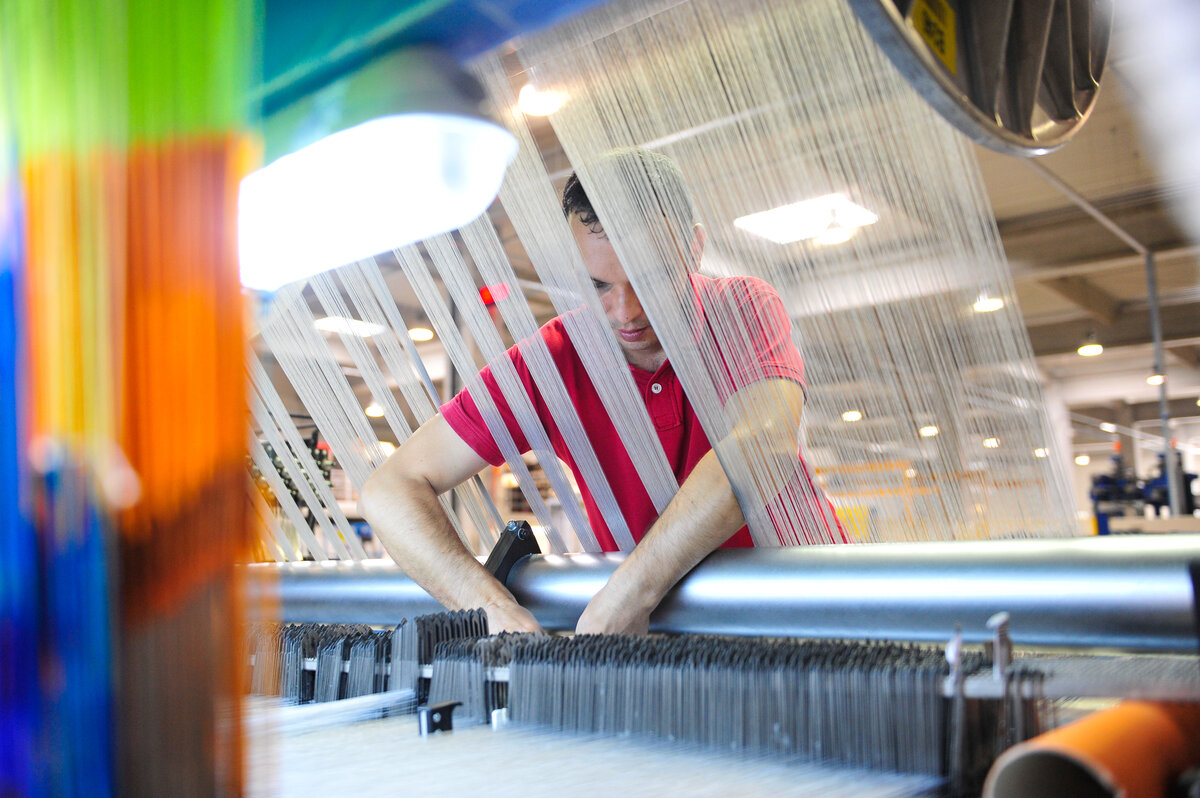B.I.G. is on a path to zero environmental footprint by 2030. That’s right, zero. To make this journey more tangible, we’d like to offer you a passenger’s seat from which you get immersed in our diverse sustainability projects. Every two weeks, we’ll share a new project. In this edition: savvy water management at Tessutica.
The importance of industrial water management is self-evident. More than ever, industries must learn to exist in symbiosis with the communities they inhabit and the environment that surrounds them. Our upholstery brand Tessutica fully embraces that idea and pulls out all the stops to minimize its water footprint in Romania. “We halved our water consumption by focusing on 2 key areas”, says Karl Henderson, General Manager at Tessutica.
#1 Choice of products
“Tessutica used to be known for its high-volume, low-cost products. But in recent years, we made the switch to high-end products. That turned out to be a major gamechanger. Our original products required water-intensive latex treatment, while premium upholstery fabrics are free of latex. That means we don’t use a single drop of water during production, except to clean our machines. This helped us a great deal in reducing our water consumption from 2.696 cubic meters in 2017 to 1.266 cubic meters in 2021.”
#2 Efficient processes
“Next to our product offering, we also scrutinized our water-based industrial processes. The first step: a thorough data analysis. Based on that analysis, we then successfully optimized our finishing processes and planning. One of the outcomes, for example, is that we now need fewer flushes to clean the pipes. Adjusting the flush duration of our mixers and applicator further contributed to cut back on our water needs. We plan to regularly repeat this process examination in the future.”
Sustainable wastewater disposal
“Eliminating all water from our production isn’t possible, so we’ll always have to deal with a minimum of wastewater. But we have found a sustainable solution on this front as well: we meticulously collect our wastewater in cisterns. When full, specialised partners move the water for recycling, while other partners take care of the remaining sediment. This way, nothing ends up in public installations – a joint effort we can all be proud of.”
Curious about our sustainability strategy? Take a look at our roadmap to 2030 here
